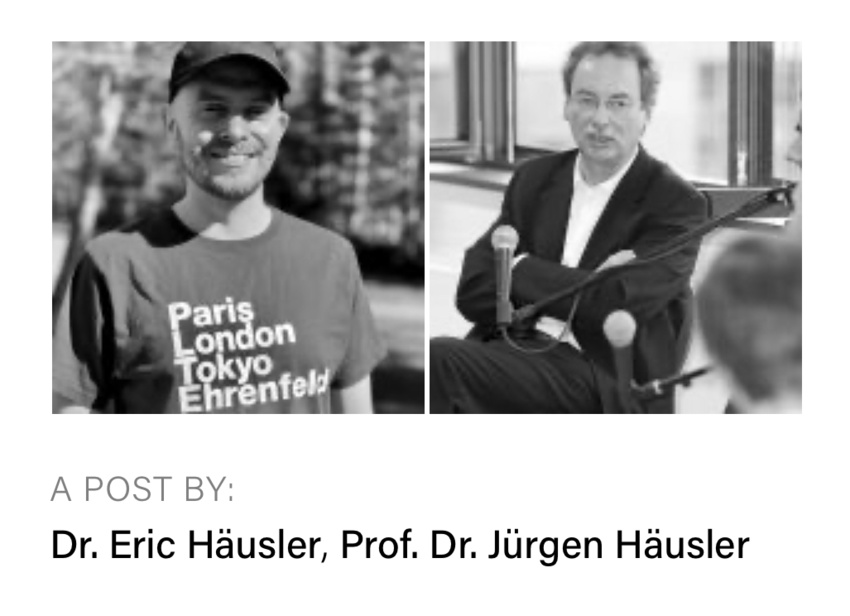City branding as a new form of urban governance.
The city has never been merely a space of coexistence, but always also an object of observation, classification, and control. Early urban studies already emerged as a science aimed at order, prediction, and control in response to increasing urban complexity and social challenges. Today, with the rise of city brands, we are witnessing a transformation of this rationality: technocratic planning is being replaced by symbolic steering through images, narratives, and brand identities. Despite changing instruments, the impulse remains the same: the contradictory, multilayered city is to be reduced to clear messages, transformed into coherent images, and strategically shaped — to make it competitive in the global arena. City branding thus appears as an updated variant of earlier control rationalities — a new, “soft” form of symbolic governance that stands in direct continuity with technocratic urban research and operates as a powerful social technology of our time.
Early forms of urban research in the 19th century viewed the city as a crisis-prone, “sick” social organism that had to be analyzed, classified, ordered, and cured through scientific means. Rolf Lindner (2004), in Walks on the Wild Side. A History of Urban Studies shows how urban research has always also been a project of social control — with the goal of rendering urban spaces governable through mapping, labeling, and making visible.
What began in the 19th century as cartographic capture continues in the 21st century as symbolic governance. From a governmental perspective (Foucault), city branding can be understood as a technique through which behavior is not prescribed but suggested through normative framing. Technocratic planning instruments are replaced by narrative, visual, and affective practices that aim to render the city not only functional but also emotionally and symbolically governable. Under the conditions of globalization, inter-urban competition, and urban governance, symbolic representation comes to the fore. City brands stand for a politics of visibility, aiming to position the city as an attractive product on global markets. City branding means reducing the city to an identity-forming, strategically usable narrative (Häusler, E., & Häusler, J. How Cities Become Brands: Developing City Brands Purposefully and Carefully. Wiesbaden: Springer, 2023). Complex urban reality is thereby transferred into a symbolic order that selects what fits the brand — and excludes what is incompatible: for example, poverty, conflict, resistance.
At first glance, city branding appears to be a soft, cultural process that emphasizes participation, creativity, and emotion. But in reality, it constitutes a new form of governance: not by regulation, but by affective framing. City brands discipline by formulating normative expectations for urban society: how it should present itself, what it should stand for, and which identity it should adopt. They operate both internally and externally — generating identification and expectations among the urban population and creating differentiation in the global competition for locations.
Both technocratic urban research and city branding share a common logic: the reduction of urban complexity in favor of manageable order. What once occurred through zoning models, maps, and planning directives now takes place through narratives, visuality, and symbolic coherence. Branding is not merely a marketing tool but a means of knowledge production and symbolic urban design: it not only redefines the city — it shapes what is to count as “the city.” City branding is a postmodern continuation of technocratic urban governance by other means. The city is no longer just planned — it is staged. And this staging also follows a logic of control: through visibility, aesthetics, and narrative closure. Anyone who speaks of the city never speaks only of space — but always of power.
This continuity makes one thing clear: the city is never neutral, but always a contested site of symbolic attributions. The brand does not replace the plan — it updates it in an affective, visually coded form. As the latest stage in a long history of urban governmentality, the city brand condenses the attempt to order, unify, and strategically utilize the urban.
Critique of this remains highly relevant: the city — in the spirit of the Right to the City (Henri Lefebvre) — must not be reduced to image, brand, or function. It must be understood as a contradictory, open space in which urban complexity is not only tolerated, but made socially and economically productive. The future of the urban must therefore always be debated openly, conflictually, and collectively — beyond prefabricated narratives and strategic brand models. In the end, the central question remains: do we want to shape cities as humane living spaces or market them as economic commodities? City or brand?




Comments
Show all comments